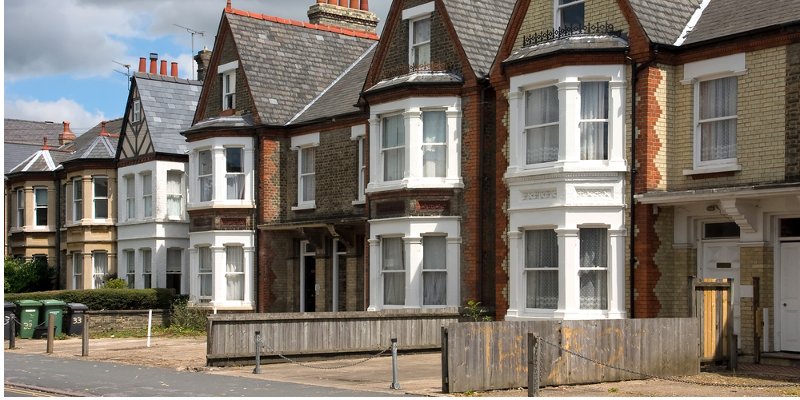The report found a clearlinkbetween house prices and whether markets are registering a softening in prices.

Over a third of markets (36%) are experiencing house price falls across Southern England, but in the vast majority of cases the level of price falls is less than -2.5%, Zoopla’s House Price Index has found.
The report found a clearlinkbetween house prices and whether markets are registering a softening in prices. In broad terms high value markets are more likely to be registering price falls than lower value, more affordable areas.
Richard Donnell, research and insight director at Zoopla, said:“The London housing market is coming to the end of what can be described as a three to four year repricing process where many areas have experienced small, single digit price falls.
“This is not surprising given the speed of price growth between 2010 and 2016. The year of peak sales activity in terms of actual recorded sales was 2014.
“Multiple tax changes and growing affordability pressures reduced demand, evidenced by a 25% drop in sales between 2014 and 2018. Prices have been adjusting since 2016 which is more a result of market fundamentals than Brexit which we see as a compounding factor.
“Late last year we reached the peak in terms of proportion of local markets experiencing small annual house price falls. Since then the proportion of markets registering declines has fallen, as the three-year re-pricing process approaches the end phase.”
In the South East region, the weakest annual growth can be seen in the likes ofWoking (-2.3%),Epsom (-2.3%),Basingstoke (-1.9%) and Maidenhead (-1.6%)– all archetypal commuter towns.
Other than Basingstoke, the average house price in these areas is well over £400,000. Dover (3.4%), Hastings (2.9%)andShepway (2.3%)on the coast are in lower value areas which are less commutable to London, and are performing relatively well.
The average house price for theSouth as a whole stands at £323,910, up a marginal 0.6% over the last year.
In the South West, again, it is generally the higher value areas where price increases are lowest. Prime examples areBathwhere the average price is £345,575 and prices are up 0.3% annually; theCotswolds £365,630 (0.7% annually) andPoole£307,667 (0.3% annually).
The lowest value areas which still have further scope for price growth such as GloucesterandTauntonare experiencing annual house price growth of 3.2% and 4.6% respectively and house prices are well below the regional average.
Southern England is following London when it comes to average house price growth, but the proportion of markets experiencing falls is lower than in London and the decline in house prices is expected to beless protracted.
London house prices grew rapidly between 2010 and 2016 but since then growth started to slow as affordability worsened and tax changes impacted demand from multiple buyer groups.
House prices in the South of England are now following London but the trends are less pronounced. It took around a year for price falls in London to ripple to Southern markets and the downward trend started to take effect in Q3 2017.
Currently, just over a third (36%) of housing is in local property markets that are registering annual price falls. The vast majority of markets are registering price falls of less than 2.5%.
Zoopla’s research team expects more markets to experience price falls, peaking in H1 2020 and then slowing. Residential sales volumes in Southern England have fallen 10% since 2015.
Donnell added:“The trends in London and Southern England are all part and parcel of the unfolding housing cycle.
“There remains plenty of demand for housing in Southern England but there are fewer buyers who are more cautious, seeking out value for money. For homeowners entering the market the key to securing a sale is to be realistic on pricing based on the profile of demand for homes in the local market.”



